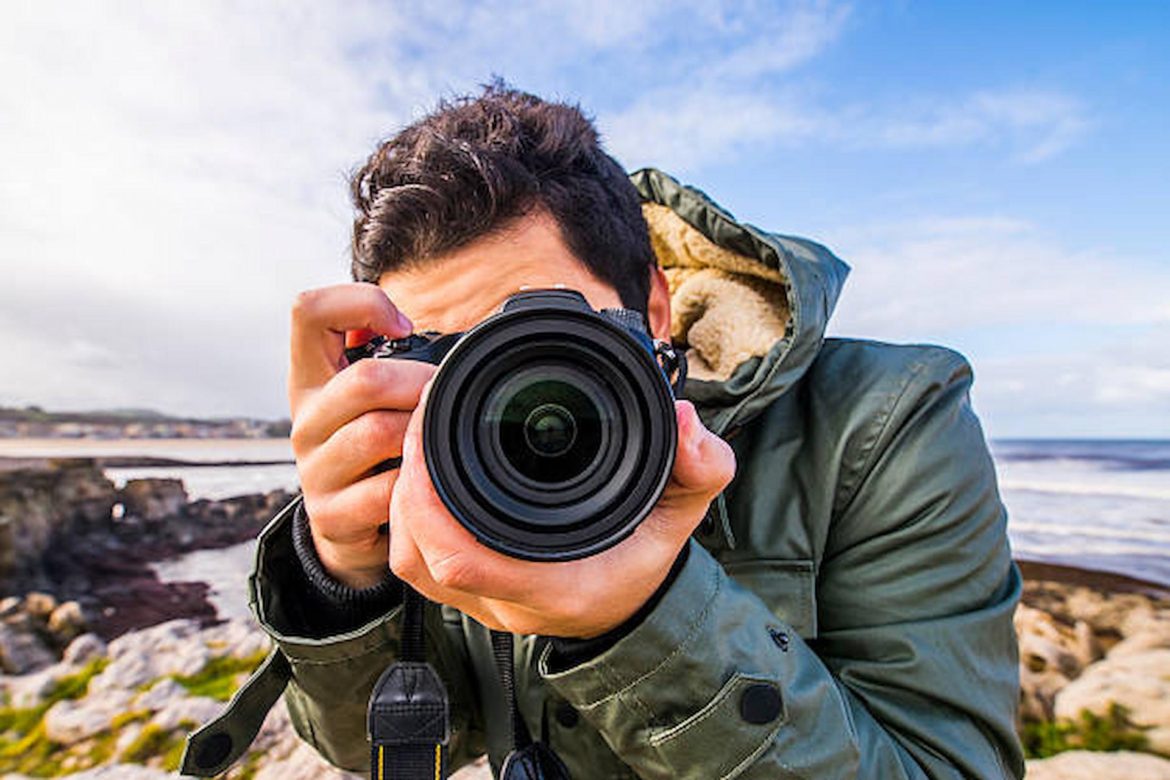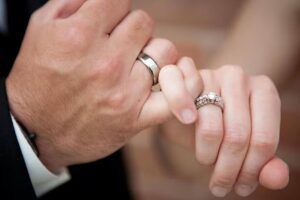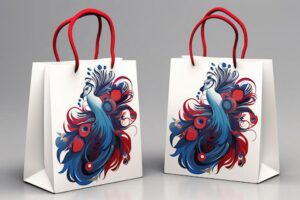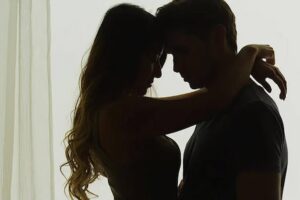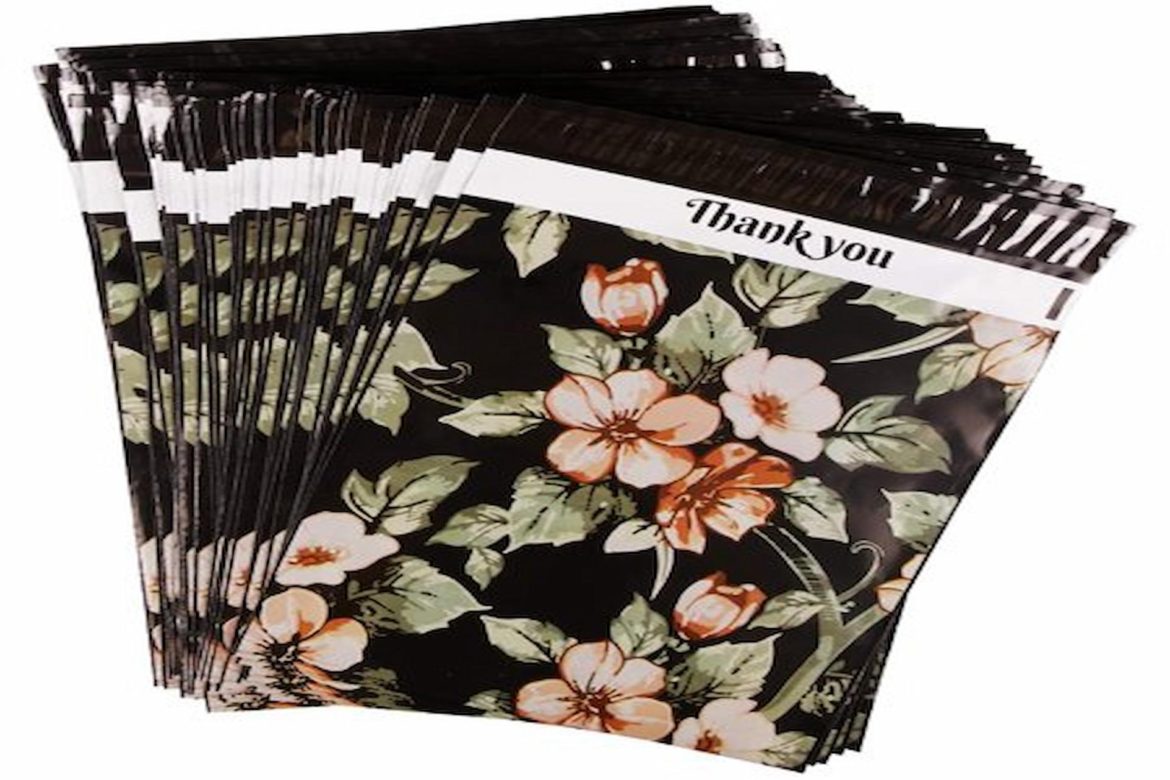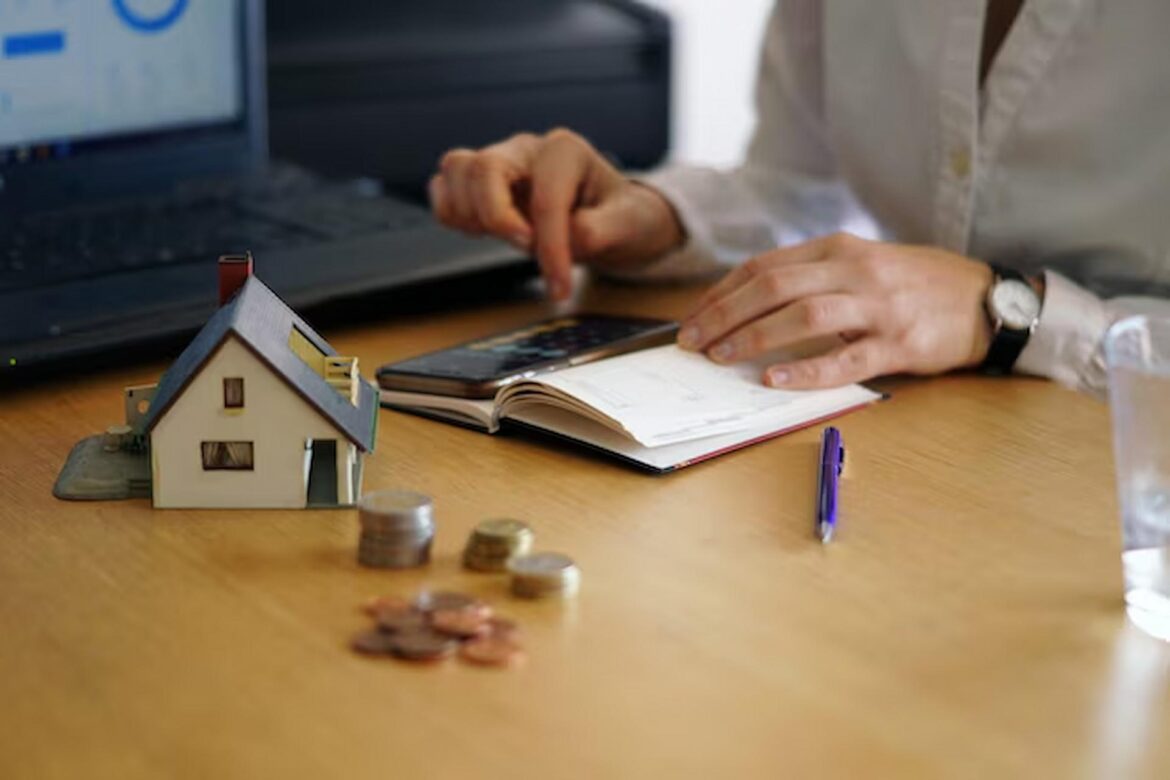Photography outcomes majorly depend on light. Reflectors are a photography lighting tool that is important when shooting both inside and outside of the studio. It can be used for diffusing, bouncing, or even flagging natural and artificial light. Reflectors are used by almost all photography professionals. Bruce Weber Photographer often does his photography while just using some reflectors, and no flash.
Bruce Weber Photographer Discusses Some Of The Ways To Use Reflectors While Capturing Images
Reflectors are available in varying colors, sizes, and shapes. Photographers wanting to shoot portraits or need a more portable option for outdoor shoots can opt for a smaller reflector. Larger reflectors diffuse light over a broader space, thereby making light softer. However, they can be a bit harder to fold and carry. Collapsible reflectors with multiple interchangeable surfaces would ideally be perfect for most outdoor shoots.
Many photographers love the effect of backlighting with the natural light source behind the subject. It helps creates a gorgeous rim light that outlines the subject, or creates a soft haze in the background. But this setting can also leave the rest of the subject in shadow. By placing a reflector almost directly in front of the subject, photographers get to bounce the light to add a soft, even lighting. The reflector can additionally be a move to the side to control the amount of shadows on the subject and add a little drama and dimension.
There are several photographers who are fond of overcast conditions owing to the flat or even lighting it manages to produce. But even though the light is even in this situation, it generally is quite weak. This weak light source may also create heavy shadows under the chin and eyes of the subject if the photographer is not too careful. For countering the shadows, photographers often use one or two reflectors. They may place one of them directly under the subject and another to either side, on the basis of where the most sunlight is present.
In the shade, one may need to diffuse light to avoid dappled lighting or harsh shadows. The sheer white fabric in the reflectors can be useful in this situation. One can just place the photography reflector between the subject and the sun for balancing and flattening the light. The translucent fabric of the reflector helps in diffusing artificial light as well, a bit like a soft box.
The majority of portrait photographers have been in situations with deep, unflattering shadows under the eyes of the subject. It is common on the cloudy days or when the sun is right above the head. A reflector “bump” can divert soft light onto the faces of the subject to help lift some unpleasing shadows, even in well-lit scenes with directional light. Amateurs can explore the works of Bruce Weber Photographer and other prominent professionals to gain a better understanding of how to use reflectors to their advantage while taking stunning images.

